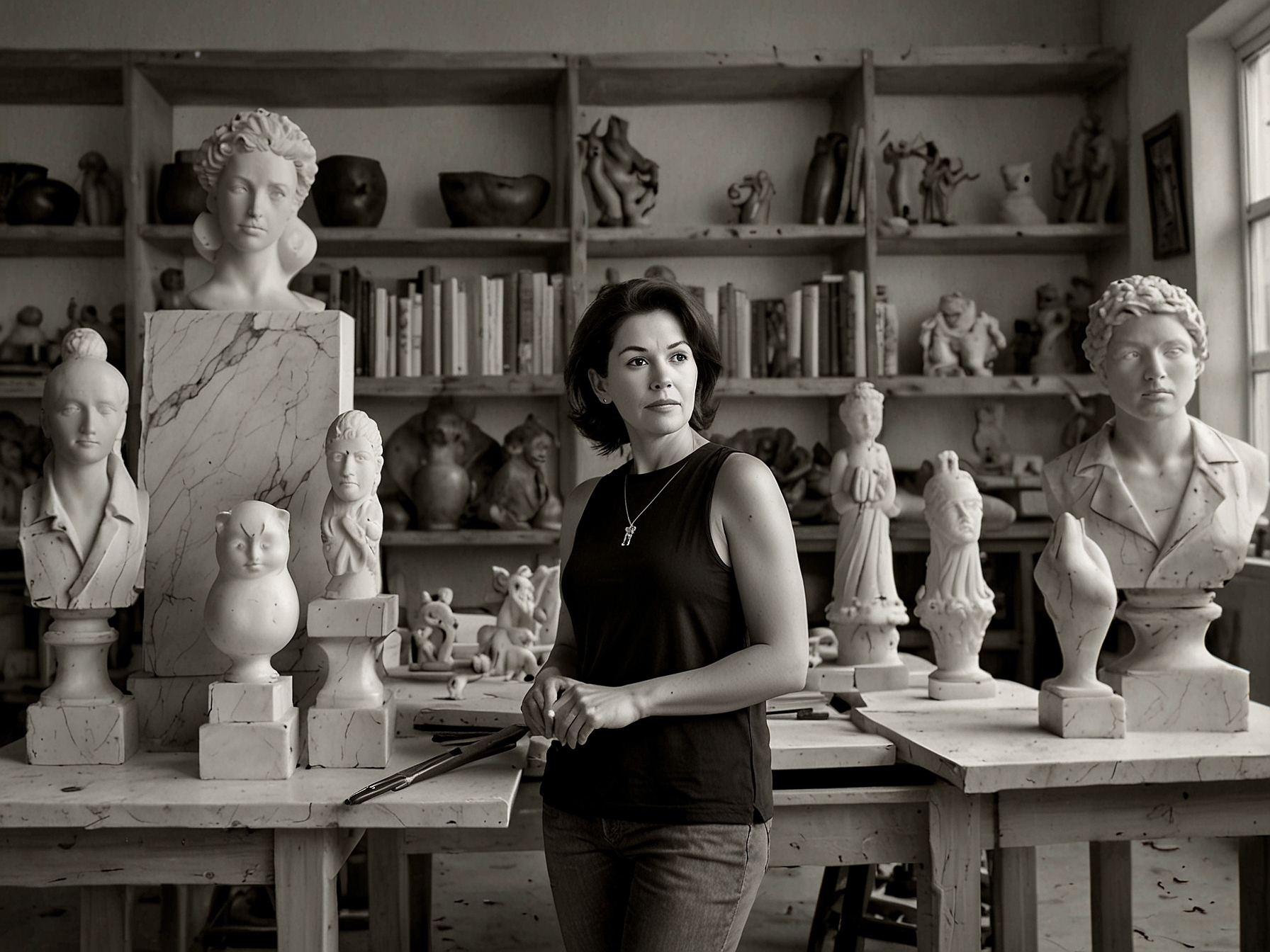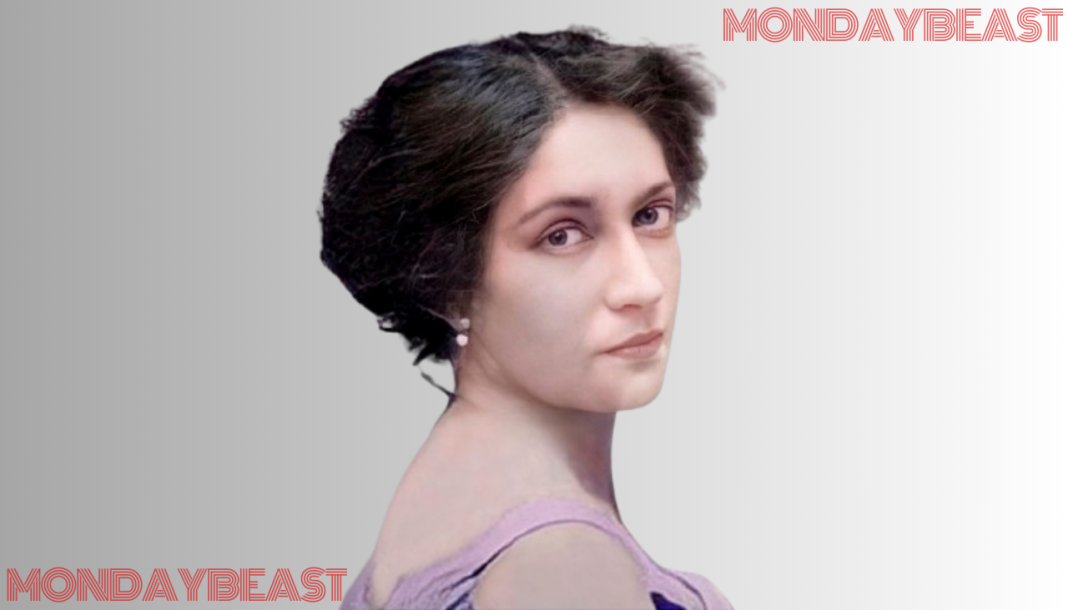Lola Mora’s Early Life
Born on April 22, 1867, in Argentina, Lola Mora emerged from modest beginnings. The daughter of a merchant and a strong-willed landowner, she grew up in a family that valued creativity and resilience. Despite the hardships that plagued her family, including the loss of her parents at a young age, she cultivated her passion for art early on.
Her artistic journey began in San Miguel de Tucumán. Taking drawing classes from an Italian painter, she stood out. Critics were quick to recognize her talent. Could a young woman really make it in a male-dominated field? At that time, this was a daring question.

Lola embraced her dream. Her thirst for knowledge drove her to Rome, where the art fervor inspired countless others. She studied under revered artists, breaking barriers that society placed. With determination, she found her niche in sculpture. The future looked promising.
A Star in Rome
In Italy, Lola Mora blossomed. Recognized for her skills, she captivated audiences. The scaffolding of creativity put her on display in the vibrant art scene of Rome. Have you ever experienced the rush of validation? For her, it was overwhelming.
Mora spent hours perfecting her craft. She worked tirelessly, her hands molding the marble into breathtaking forms. Triumph came when she secured commissions from prestigious patrons. It was more than just making sculptures; it was, truly, about changing perceptions.

She returned to Argentina, a celebrated artist. But a different battle awaited her—a fight for recognition. People were skeptical. With her, she brought not only art but the weight of expectation.
The Monumental Fountain
The unveiling of the Fuente Las Nereidas was a spectacle. Picture the scene: dignitaries gathered, excitement buzzing in the air. Lola pulled back the curtain, revealing her masterpiece. It featured three tritons and many Nereidas, a sight to behold.
But the response was mixed. Critics slammed her for the bold female figures. Who could have imagined that art could trigger such backlash? The male-dominated society had its own views—Lola was stepping on toes.

Yet despite the controversy, her work symbolized a new era. It was a statement of female empowerment. Each curve of her sculpture spoke volumes in a language many were not ready to hear. Would her courage pay off, or would it lead to isolation?
Shifting Tides of Fame
As time went on, the reception to her work soured. Once-celebrated, she now faced derision. Roca, her former supporter, passed away. Suddenly, she was vulnerable to the whims of new political forces. Had her fame faded as quickly as it had risen?
Criticism became her shadow. Contracts dwindled, and financial instability loomed. The days of working in prestigious studios were replaced with uncertainty. How does an artist cope when the very world that celebrated them turns cold?
Mora battled her demons with grit. In 1913, she signed a contract for a project that would solidify her legacy. The monument was grand, and hope flickered back. But as time trudged on, backlashes deepened, and the support faded.
Personal Struggles
Her personal life mirrored her artistic hardships. A hasty marriage led to disappointment, and disillusionment crept in. The emotional burden weighed heavily on her. Ever wondered how it feels to intertwine personal and professional battles?
After discovering her husband’s infidelity, she faced another loss. Separated from her art studio, Mora’s spirit began to dim. With each loss, she fought against the tide, determined to reclaim her life and art. Yet, betrayal can leave scars that even greatness cannot erase.
A Solitary Decline
Years of celebrating art faded into obscurity. By the 1930s, Lola Mora lived in a small home, her once-vibrant spirit now a mere whisper. As she navigated her last years, friends grew distant. Familiarity turned to neglect. Have you ever felt alone in a crowded room?
Despite her diminishment, the artist craved recognition. In 1935, plagued by health issues, she wandered near her beloved fountain. Clutching a wet handkerchief, she murmured about her creations. It hit hard: her art was abandoned; her legacy faded but not forgotten.
Lola Mora died on June 7, 1936. Newspapers reported her demise: “vencida, pobre y sola.” She was a woman ruined by the very society she wished to inspire. How could the world forget such a powerful figure?
Her creations remain, although the artist herself was buried without much fanfare. Years later, in 1977, her ashes finally found peace in Tucumán. A poignant reminder of her struggles and triumphs linger on, echoing her presence as a trailblazer for future generations.
Legacy
Lola Mora’s impact resonates in the world today. As we ponder her life, we consider not just her art, but the battles she fought. Women like her paved paths for future artists, emboldening voices still muzzled. Isn’t it time we remember and celebrate those who shaped culture?
November 17 marks the National Day of the Sculptor in Argentina. A fitting tribute for a pioneer. Yet, it prompts reflection: who else is left behind in history’s narrative? The question lingers: are we learning from our past, or are we, too, doomed to repeat it?




